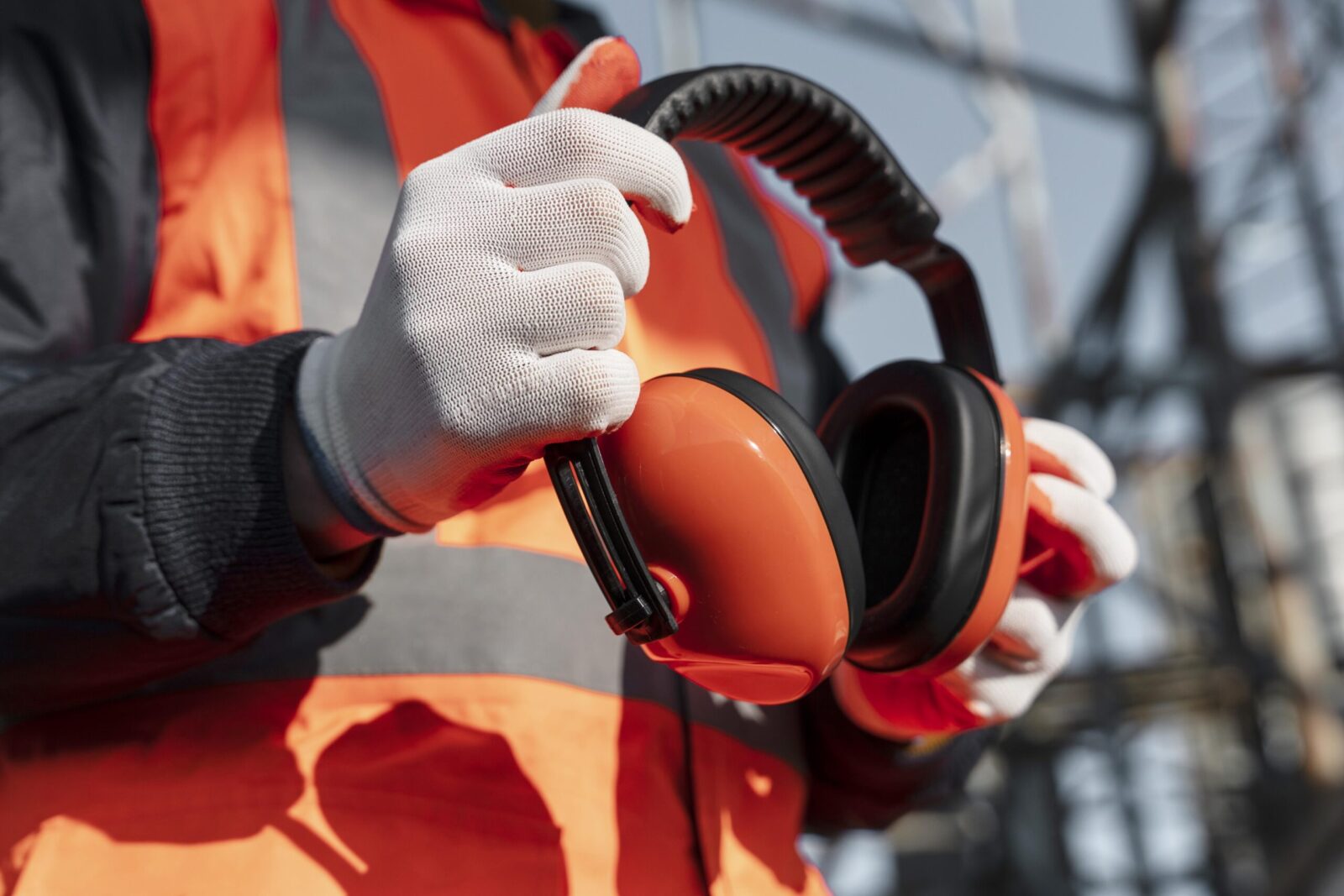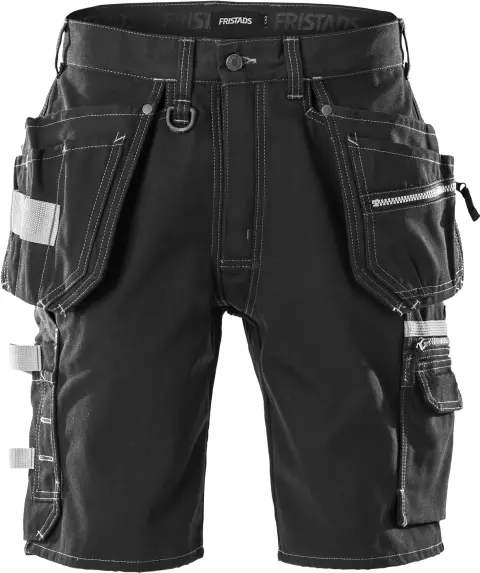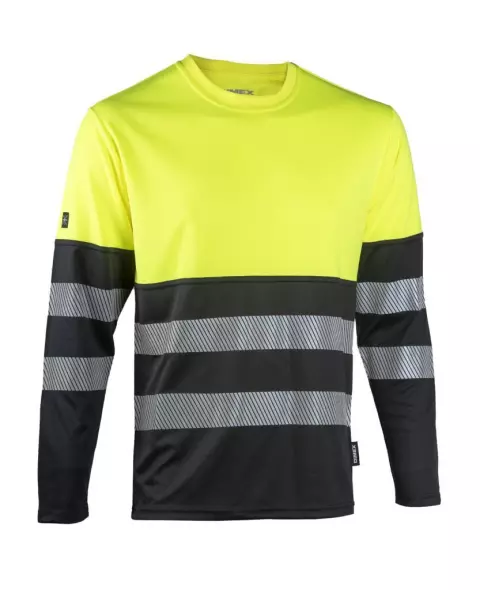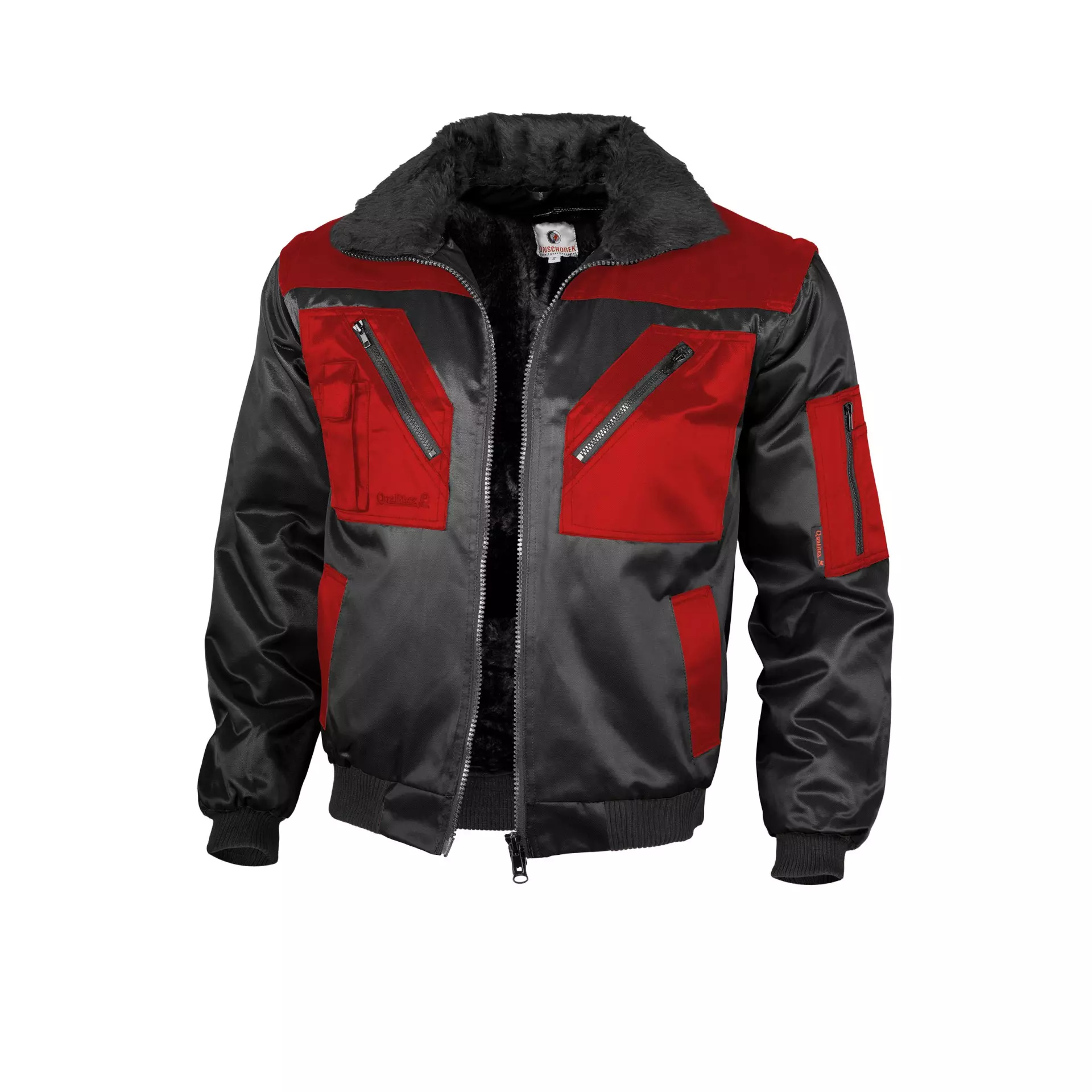
Essential PPE in the Food Industry: What You Need to Know
Overwhelmed by PPE options for food safety? Master your PPE selection for food workers safety with these practical tips.

Get 20€ off on your first order!
Choosing the right earmuffs can be overwhelming, but by the end of this article, you’ll have a clear understanding of whether passive or electronic earmuffs are the best fit for your needs. We’ll explore the unique features, benefits, and considerations of each type, helping you make a confident decision based on your environment and comfort.
Whether you’re working in a noisy factory, enjoying outdoor activities, or using them for shooting sports, we’ll guide you every step of the way. Plus, once you’ve chosen the perfect hearing protection, we’ll help you take the next step in enhancing your overall safety.
Passive earmuffs are straightforward devices that rely on physical materials like foam and padding to block out sound. These earmuffs are a reliable, cost-effective solution for many noise reduction needs.
Passive earmuffs shine in settings like factories or workshops where constant noise levels require effective reduction. They are a straightforward solution to maintaining ear safety.
For those working in consistently noisy environments without the need for interaction, passive earmuffs may be an excellent choice. Browse our earmuffs collection for options.
Electronic earmuffs are equipped with microphones and speakers to enhance hearing while protecting against potentially loud environments. They use active noise-cancellation (ANC) technology to filter specific frequencies.
While ideal for dynamic environments, electronic earmuffs might require additional considerations for long-term industrial use, such as managing battery life and initial investment.
These earmuffs are ideal for dynamic environments where situational awareness is crucial, such as shooting ranges or outdoor activities. Discover electronic earmuffs in our hearing protectors category.
| Feature | Passive Earmuffs | Electronic Earmuffs | Recommended Use Cases |
| Noise Reduction | Consistent, general reduction | Adaptive, selective reduction | |
| Cost | Lower | Higher | |
| Power Requirement | None | Batteries/Charging needed | |
| Communication | Difficult | Enhanced | |
| Durability | High | Varies by model |
If you work in a consistent noise environment, such as a factory, passive earmuffs might be sufficient. For dynamic settings, like construction sites or shooting ranges, electronic earmuffs provide better versatility.
Both types come in various sizes and designs. Ensure the earmuffs fit securely and comfortably to maintain protection. For a detailed guide, explore Earmuffs: Selecting the Right Hearing Protection.
While passive models are budget-friendly and require little upkeep, electronic earmuffs involve higher upfront costs and battery replacements. Long-term use and specific needs may justify the investment in electronic options.
Electronic earmuffs with Bluetooth capabilities are excellent for users needing constant communication. However, these features may not be necessary for all situations.
Hearing protection often works best when paired with other safety equipment. You may find these categories useful:
For more detailed buying guides, check out:
We hope this guide has been helpful in navigating the key factors for selecting the right earmuffs, from noise reduction to comfort and fit. Whether you’re working in a factory, enjoying shooting sports, or ensuring safety in dynamic environments, we’re here to support your hearing protection needs.
Explore our full range of earmuffs, where trusted brands are just a click away, offering a variety of options for every situation.
Have questions or need advice on finding the perfect earmuffs? Don’t hesitate to reach out—we’re always here to help ensure your safety and confidence in every purchase.
– The Droppe Team
Look for earmuffs with a higher NRR for environments with louder noise. Generally, an NRR of 25-30 dB is sufficient for most workplaces.
Yes, many electronic earmuffs are compatible with hearing aids, providing added amplification without compromising noise protection.
Most electronic earmuffs are not fully waterproof, but many are water-resistant and can handle light rain or moisture.
Clean earmuffs regularly with a damp cloth. Replace the ear cushions when they start to wear out, and change the batteries in electronic models as needed.
Yes, combining earmuffs with earplugs offers additional protection, especially in extremely loud environments.
Thank you! You've signed up for our newsletter.



















Overwhelmed by PPE options for food safety? Master your PPE selection for food workers safety with these practical tips.

Struggling to maintain clear vision in demanding environments? This guide is here to help. By the end, you’ll know exactly...

Electricians across Europe face unique challenges that require reliable safety glasses to ensure both protection and efficiency. Whether safeguarding against...

Overwhelmed by PPE options for food safety? Master your PPE selection for food workers safety with these practical tips.

Struggling to maintain clear vision in demanding environments? This guide is here to help. By the end, you’ll know exactly...

Electricians across Europe face unique challenges that require reliable safety glasses to ensure both protection and efficiency. Whether safeguarding against...
Get 20€ off on your first order!
Save 30% by buying directly from brands, and get an extra 10€ off orders over €100
Save 30% by buying directly form brands, and get an extra 10€ off orders over €100